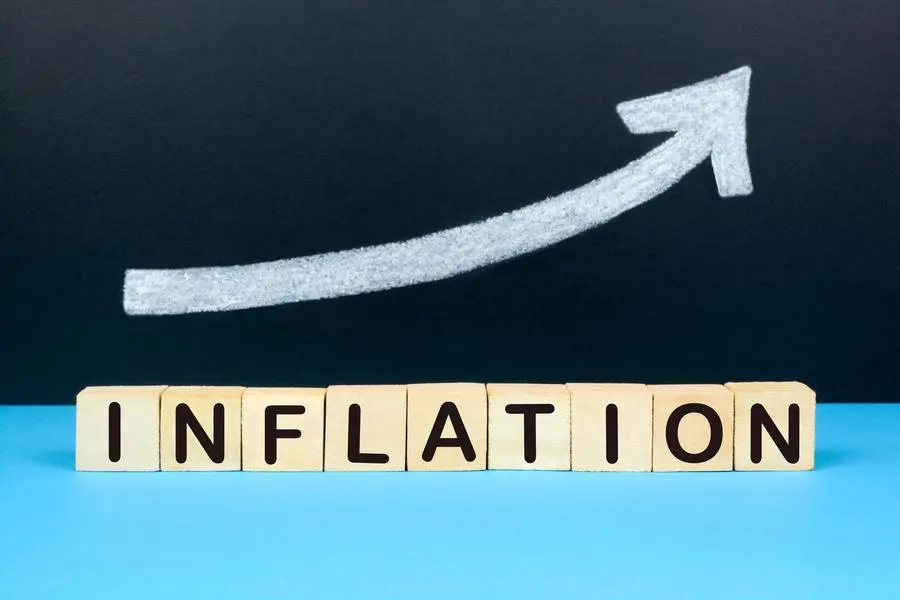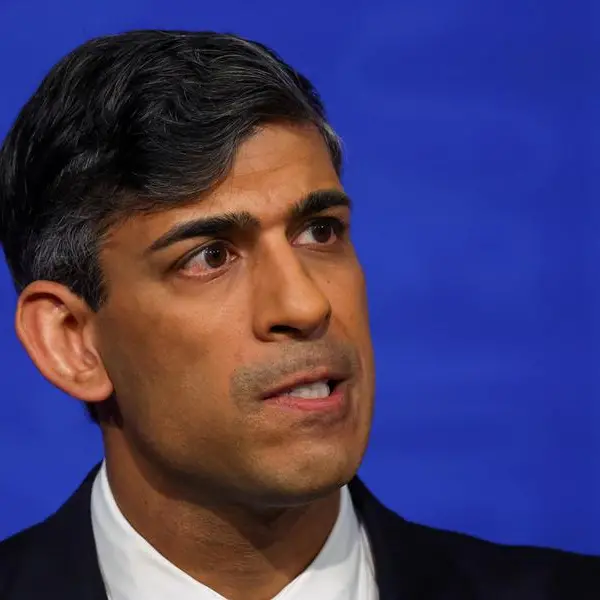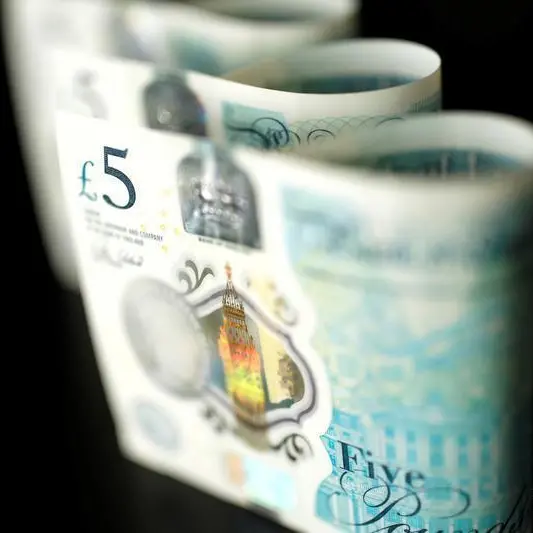PHOTO
Inflation rates have peaked year-on-year in the United States and are in the process of peaking in Europe, while the investment backdrop next year will be “more constructive”, according to a new analysis.
Swiss private bank UBS said in a 2023 outlook that as inflation falls and investors start to anticipate rate cuts, 2023 will be a “year of inflections” and investors should plan when to rotate into recovery mode.
The bank said it expects the Federal Reserve, the European Central Bank, the Swiss National Bank, and the Bank of England to conduct their final rate hikes in the first quarter of 2023, or the second quarter at the latest.
“Dependent on how sticky inflation proves, the Fed could be in a position to cut interest rates by the end of the year,” the bank said.
“We think that year-over-year rates of inflation have peaked in the United States and are in the process of peaking in Europe,” said Mark Haefele, chief investment officer of UBS GWM.
“In both regions, we expect inflation to decline through 2023, but the pace and magnitude of the path lower will contribute to volatility, reflecting investor fears that even higher interest rates may be needed for longer.”
The bank said the year 2022 has been one of the most challenging in market history and it therefore favours a defensive stance on risky assets next year.
It said defensive sectors should prove relatively insulated from a weakening economy, while more attractive opportunities to buy cyclical and growth stocks may emerge later in the year.
Another core recommendation is to seek income opportunities in an uncertain backdrop, as while high market volatility itself can offer a means of generating income once rates and growth stabilise, elevated yields among lower rated issuers could present an attractive opportunity.
Relatively high US rates and slowing global growth should help keep the US dollar strong in the coming months, and the Swiss franc’s safe-haven appeal is likely to attract inflows, the bank added. However, investors will need to prepare for greenback weakness, as Fed policy is expected to turn more dovish.
The final core recommendation is to seek uncorrelated hedge fund strategies, with macro, low net equity-long/short and multi-strategy funds helping to diversify portfolios.
(Reporting by Imogen Lillywhite; editing by Cleofe Maceda)












